Senescent cells are key drivers of the ageing process — and a new generation of drugs is seeking to banish them from our body.


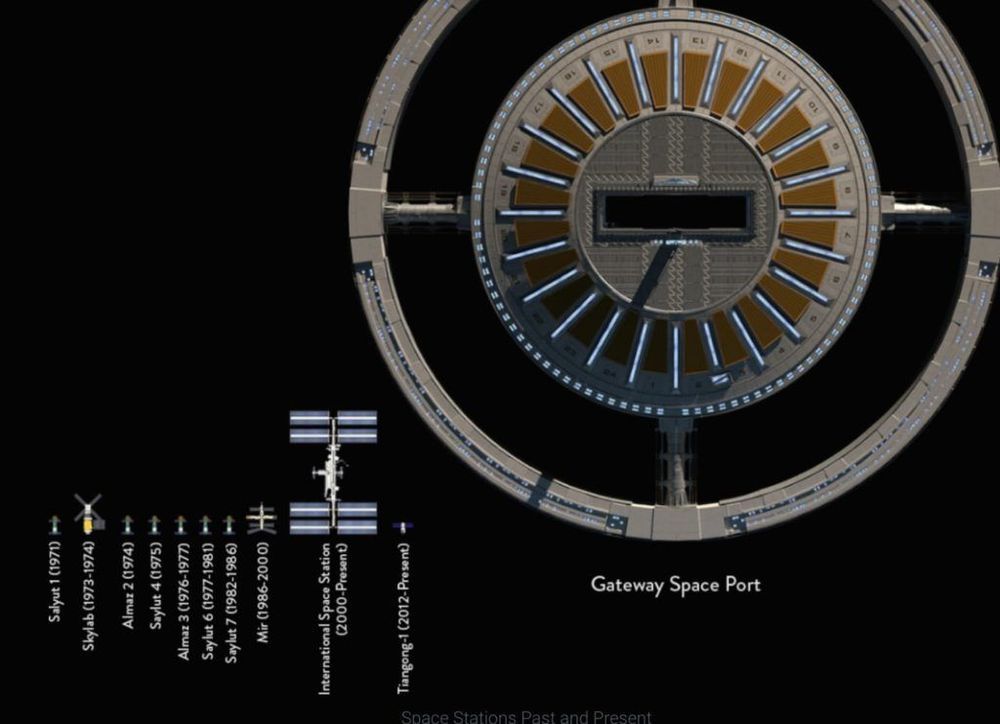
The Goal of Gateway Foundation Von Braun Station is to build a dual-use station that is economically self-sustaining.
New York, NY—August 12, 2019—A novel neck brace, which supports the neck during its natural motion, was designed by Columbia engineers. This is the first device shown to dramatically assist patients suffering from Amyotrophic Lateral Sclerosis (ALS) in holding their heads and actively supporting them during range of motion. This advance would result in improved quality of life for patients, not only in improving eye contact during conversation, but also in facilitating the use of eyes as a joystick to control movements on a computer, much as scientist Stephen Hawkins famously did.
A team of engineers and neurologists led by Sunil Agrawal, professor of mechanical engineering and of rehabilitation and regenerative medicine, designed a comfortable and wearable robotic neck brace that incorporates both sensors and actuators to adjust the head posture, restoring roughly 70% of the active range of motion of the human head. Using simultaneous measurement of the motion with sensors on the neck brace and surface electromyography (EMG) of the neck muscles, it also becomes a new diagnostic tool for impaired motion of the head-neck. Their pilot study was published August 7 in the Annals of Clinical and Translational Neurology.
The brace also shows promise for clinical use beyond ALS, according to Agrawal, who directs the Robotics and Rehabilitation (ROAR) Laborator y. “The brace would also be useful to modulate rehabilitation for those who have suffered whiplash neck injuries from car accidents or have from poor neck control because of neurological diseases such as cerebral palsy,” he said.
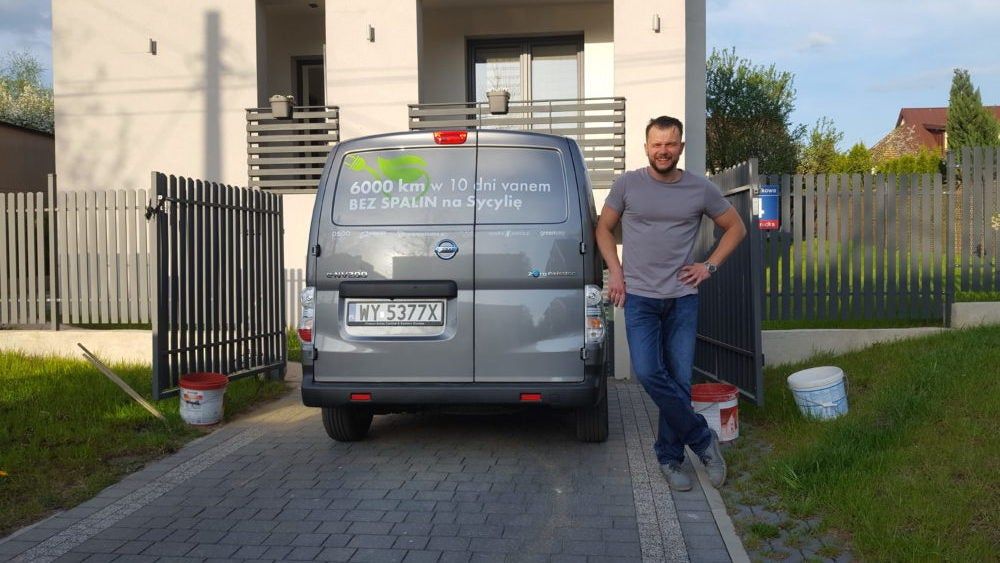
In this episode of our CleanTech Talk podcast interview series, Zach Shahan sits down with Tomek Gać, Co-Founder of Tesla Shuttle and founder and CEO of Quriers.pl and Energia Słonca, to discuss the successes, challenges, and future of electric delivery vehicles. You can listen to the full conversation in the embedded player below. Below that embedded SoundCloud player is a brief summary of the topics covered, but tune into the podcast to follow the full discussion.

Huawei officially launched yesterday the Ascend 910, the world’s most powerful artificial intelligence (AI) processor, and an all-scenario AI computing framework called MindSpore.
RELATED: HUAWEI UNVEILS ITS LATEST PHONES, THE HUAWEI P30 AND HUAWEI P30 PRO
“We have been making steady progress since we announced our AI strategy in October last year,” said Eric Xu, Huawei’s Rotating Chairman. “Everything is moving forward according to plan, from R&D to product launch. We promised a full-stack, all-scenario AI portfolio. And today we delivered, with the release of Ascend 910 and MindSpore. This also marks a new stage in Huawei’s AI strategy.”
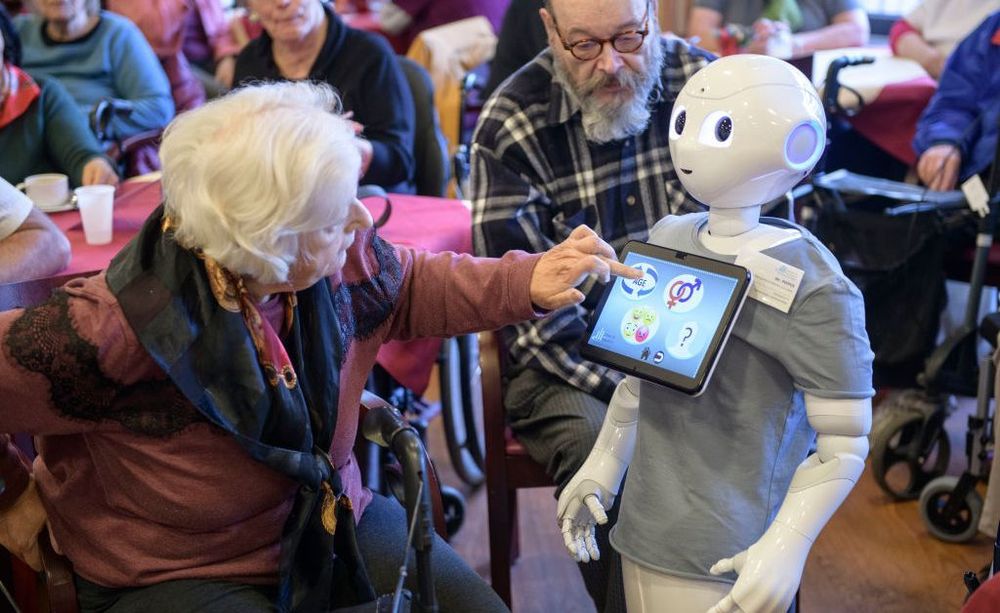

Dateline: Listen to this audio documentary on the Educate podcast. Subscribe now.
Molly Woodworth was a kid who seemed to do well at everything: good grades, in the gifted and talented program. But she couldn’t read very well.
“There was no rhyme or reason to reading for me,” she said. “When a teacher would dictate a word and say, ‘Tell me how you think you can spell it,’ I sat there with my mouth open while other kids gave spellings, and I thought, ‘How do they even know where to begin?’ I was totally lost.”
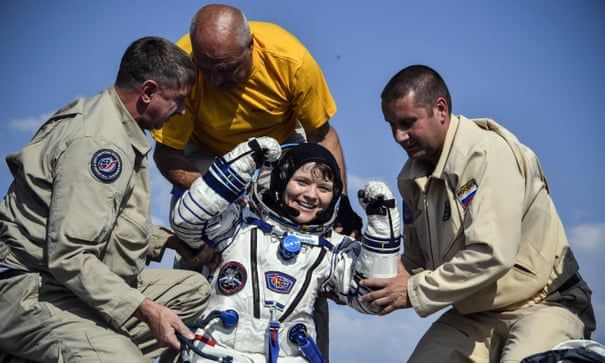
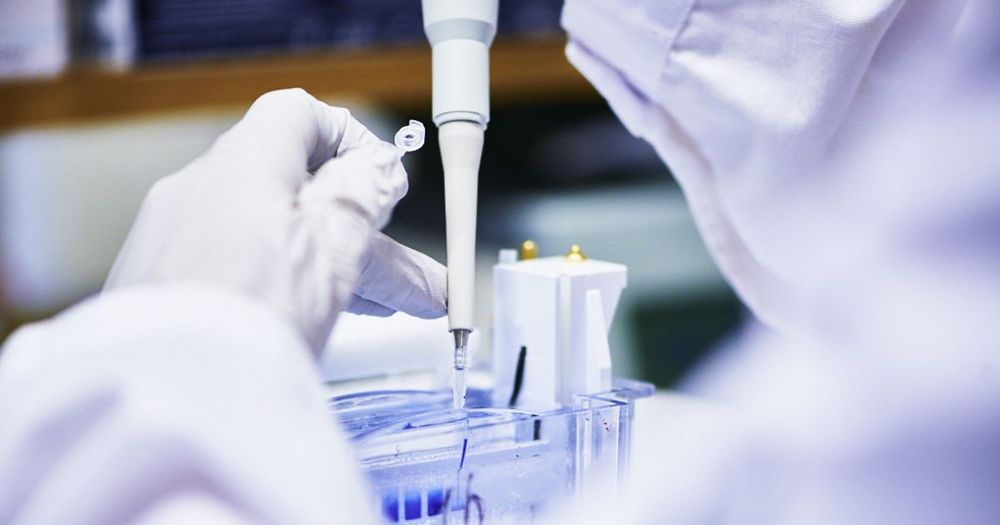
Hamlet Pharma Ltd. is making great progress and has just concluded the first part of a clinical trial in patients with bladder cancer. Drug development often takes many years, due to complex development and approval processes. Based on our extensive prior experience, the drug candidate, Alpha1H, has passed a number of important milestones in a relatively short time and with moderate cost. Alpha1H is natural and is found in breast milk. The trial has shown its effectiveness in dissolving tumors.
The strategic goal of Hamlet Pharma is to develop novel cancer treatments for patients who currently lack therapeutic options. Conducting clinical trials is crucial to reach primary goals such as evaluating the therapeutic window for HAMLET in bladder cancer. We also aim to gain new insights that facilitate the drug development for Alpha1H and the diversification of our activities to include other indications.